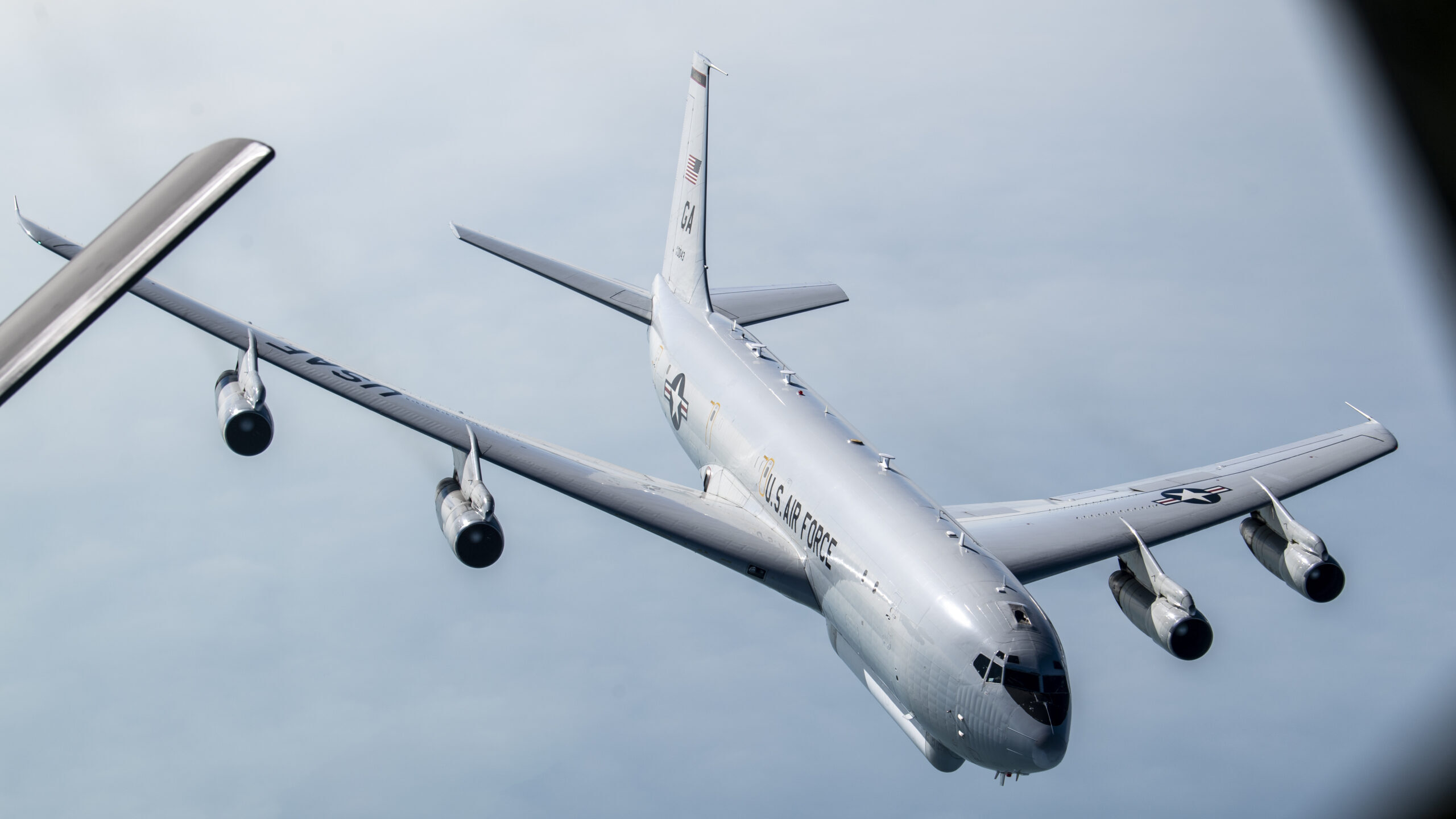TIM MARTIN

DUBLIN — A senior NATO official has cast a withering judgment on Russia’s air power capabilities, claiming that Moscow has vastly inferior ISR-led strike capabilities compared to the alliance, and inadequate targeting processes to exploit intelligence data.
Air Marshal Johnny Stringer of the UK’s Royal Air Force, who serves as Deputy Commander of NATO’s Allied Air Command, offered the assessment during a Nov. 3 speech on the war in Ukraine, hosted by the Royal United Services Institute, a UK defense and security think tank.
Russia’s illegal invasion of its neighbor that began in February has moved to an attritional phase with Moscow consistently unable to achieve air dominance and increasing signs that renewed Ukrainian resistance is causing concern for President Vladimir Putin.
A new reliance on Iranian loitering munitions, as well as the decision to draft 300,000 reservists and force untrained civilians to join the war, have all been generally seen as examples of desperation and a failing military strategy on Putin’s part.
Open source reports and videos widely shared on social media have also consistently documented Russian helicopters being shot down at close range and low altitude, suggesting Soviet era aircraft — often lacking modern defensive aid suites — are unfit for actual combat operations.
But despite the public’s fascinating with videos of Russian helicopters or missiles being struck down, Stringer focused more on the underperformance of Russia’s ISR aircraft, indicating that problems with prosecuting targets is one of the most significant aspects of the invasion thus far.
“The transformation in US and NATO air power over the last five decades has no equivalent in the VKS [Russia’s air force], nor do the Russians have anything like the ISR led strike capabilities of NATO Air Forces, nor the targeting processes to exploit them,” he said.
He added that multi-domain integration of NATO assets will “continue to underpin how we fight,” and suggested intelligence sharing by alliance members in support of Ukraine had reached an “unprecedented” level.
Boeing’s innovative solutions help the U.S. maintain global dominance by deterring and defeating the threats of today — for the sake of tomorrow.
‘Within an hour of Putin’s forces crossing the [Ukrainian] border a planned deployment of multiple combat air patrols were sent to protect and assure NATO’s Eastern Flank,” said Stringer.
Since then, he confirmed that the air patrols have been “tailored” in order to maintain NATO’s deterrence posture.
Moving to other “lessons” that should be taken under consideration by the alliance and European air forces, he spoke of a need to defend against a wider “span” of threats from those seen in previous conflicts, ranging from “$500 weaponized drones” to hypersonic glide vehicles.
“Within this [spectrum of threats] sits a raft of highly capable fighter aircraft, surface to air missile systems and surface based radars and electronic warfare capability,” explained Stringer. “Throughout two decades of counterinsurgency wars, air and space were seen as uncontested and secure free goods. That was a temporary if welcomed state of affairs, but it is no longer the case.”
No comments:
Post a Comment